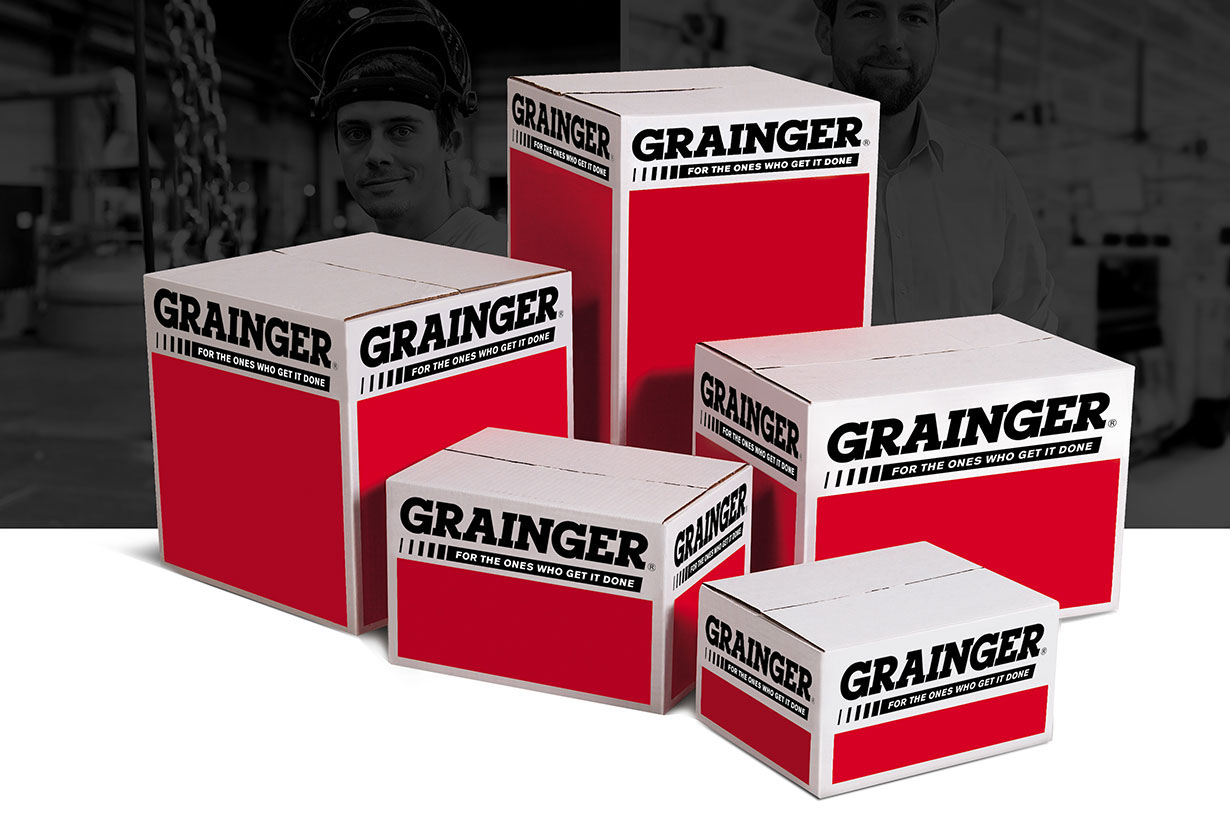

Calculating Permissible Exposure Limits in Your Workplace
By Grainger Editorial Staff 6/30/19
A Permissible Exposure Limit (PEL) is the legal limit of a chemical substance or physical agent that a worker can be exposed to during a typical eight-hour day and a standard 40-hour work week. OSHA created PELs to protect workers who operate in potentially hazardous environments.
A listing of PELS can be found in OSHA’s Standard 29CFR 1910.1000. The Standard includes three tables:
- Z-1 describes limits for air contaminants
- Z-2 describes limits for substances that have ceiling levels
- Z-3 describes limits to the exposure of mineral dust
The PELs listed in Table Z-1 are eight-hour Time Weighted Average (TWA) or Ceiling Limits (C). TWA is the average exposure of a contaminant during a specified period of time, usually eight hours. C is the maximum allowable continuous 15-minute exposure period. Because the TWA is an average there could be times during an eight-hour shift when an employee is exposed to concentrations higher than the established PELs.
Below is the formula used by OSHA to determine the cumulative exposure for an eight-hour shift:
E = (Ca Ta+Cb Tb+. . .Cn Tn)÷8
E is the equivalent exposure for the working shift.
C is the concentration during any period of time (T) where the concentration remains constant.
T is the duration in hours of the exposure at the concentration C.
The value of E shall not exceed the eight-hour time weighted average specified in Subpart Z or 29 CFR Part 1910 for the substance involved.
An example with values inserted would be if an employee was exposed to Substance A which has an eight-hour TWA of 100 ppm. The exposure is as follows:
Two hours exposure at 150 ppm, two hours at 75 ppm and two hours at 50ppm (2×150 + 2×75 + 4×50)÷8 = 81.25 ppm . Because 81.25 ppm is less than the 100 ppm TLV limit, the exposure is acceptable.
Determining the exposure in the case of a mixture of air contaminants the equivalent exposure is calculated as follows:
Em=(C1÷L1+C2÷L2)+. . .(Cn÷Ln)
Em is the equivalent exposure for the mixture.
C is the concentration of a particular contaminant.
L is the exposure limit for that substance specified in Subpart Z of 29 CFR Part 1910.
The value of Em shall not exceed unity (1).
To illustrate the formula, values have been inserted to the contaminants below.
| Substance | Actual concentration of eight-hour exposure (ppm) | Eight-hour TWA PEL (ppm) |
|---|---|---|
|
B |
500 |
1000 |
|
C |
45 |
200 |
|
D |
40 |
200 |
Substituting in the formula, we have:
Em=500÷1,000+45÷200+40÷200
Em=0.500+0.225+0.200
Em=0.925
Because Em is less than unity (1), the exposure combination is within acceptable limits.
According to OSHA, when dealing with contaminant exposures to achieve compliance in the workplace, administrative and/or engineering controls must first be determined and implemented whenever feasible. If control measures are not feasible the next step is to determine what personal protective equipment is required to help keep employee exposure to the contaminants to the established limits. Use of this equipment must be determined by a competent industrial hygienist or other technically qualified person.
The information contained in this article is intended for general information purposes only and is based on information available as of the initial date of publication. No representation is made that the information or references are complete or remain current. This article is not a substitute for review of current applicable government regulations, industry standards, or other standards specific to your business and/or activities and should not be construed as legal advice or opinion. Readers with specific questions should refer to the applicable standards or consult with an attorney.







